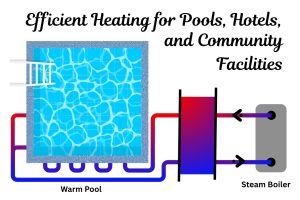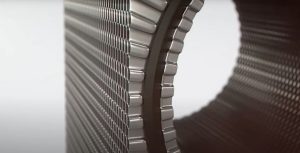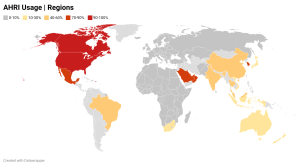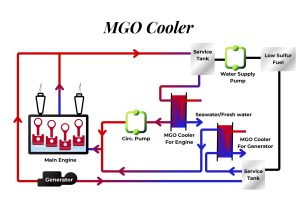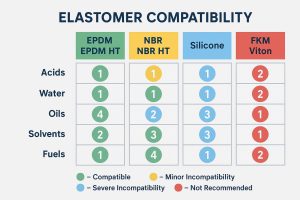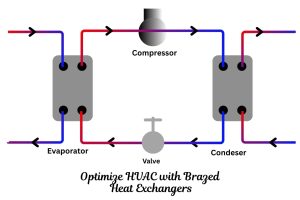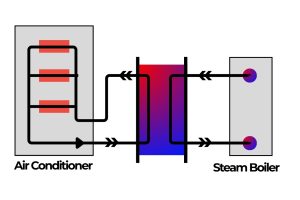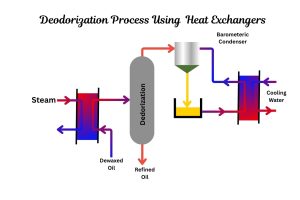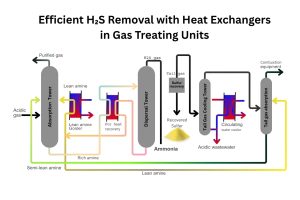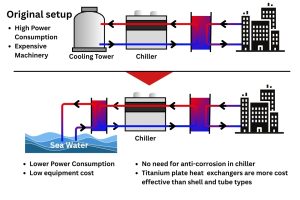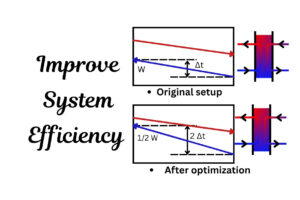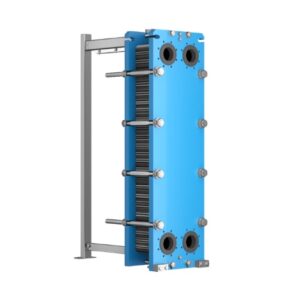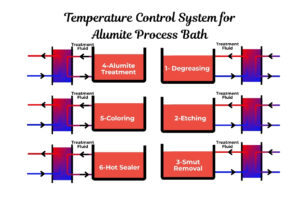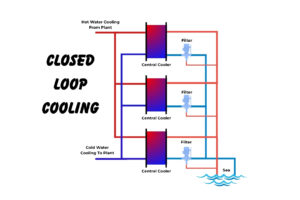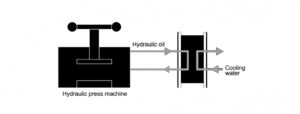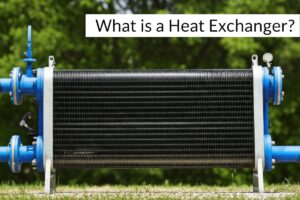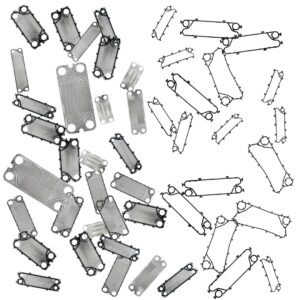What Are the Most Common Gasketed Plate Heat Exchanger Mistakes (And How to Fix Them for Better Performance)?
Heat exchangers are the unsung heroes driving efficiency across modern industry. Their origins, surprisingly, trace back to the ingenuity of ancient civilizations, who utilized rudimentary designs like hollowed logs and metal pipes for basic heat transfer in cooking and bathing. The 18th century witnessed a significant leap with innovations like the steam condenser, a pivotal development that paved the way for today’s sophisticated systems. The 1920s marked the emergence of the first plate-style heat exchanger, introducing a new era of compact efficiency. Today, gasketed plate heat exchangers (GPHEs) are the workhorses in diverse sectors, from the delicate processes of dairy production to the demanding environments of power plants, a testament to their remarkable adaptability. However, even the most advanced technology can underperform when mishandled. Let’s delve into the common pitfalls to avoid, empowering you to make informed decisions for optimal performance.
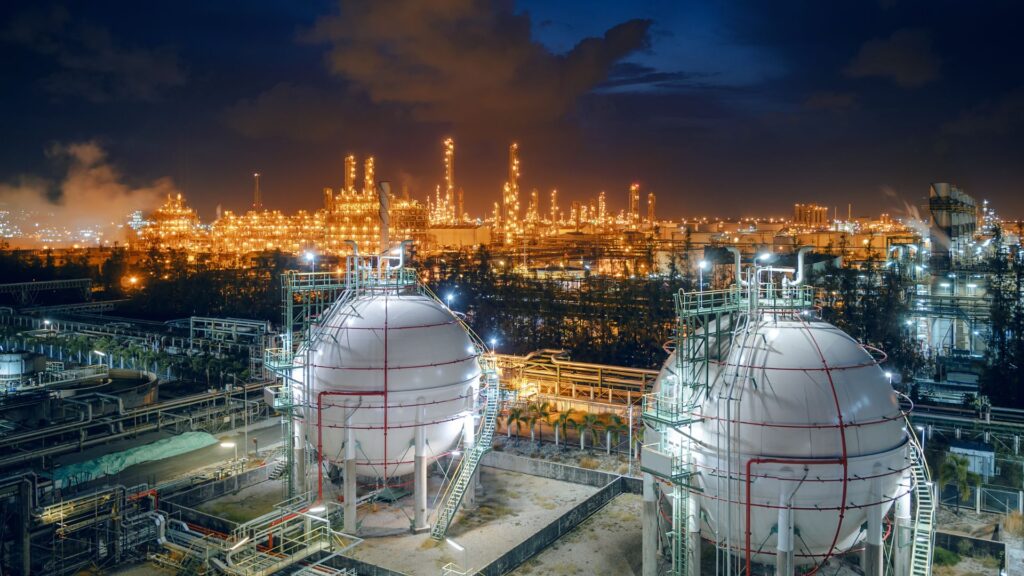
How Did Heat Exchangers Evolve From Ancient Times to Modern Industry?
The remarkable evolution of heat exchangers, from the simplicity of heated stones to the intricate design of sleek stainless steel plates, underscores human innovation. Early heat transfer methods were fundamental for basic survival. The Industrial Revolution spurred the need for more robust systems to manage steam and chemicals, leading to the invention of shell and tube designs. These durable units became staples in factories worldwide until the 20th century, when the growing emphasis on space efficiency and performance ushered in the era of the plate heat exchanger—thinner, faster, and significantly easier to maintain. Modern GPHEs, featuring advanced rubber gaskets and precision laser-welded plates, now handle a vast array of applications, from the gentle pasteurization of milk to the critical cooling of nuclear reactors.
What Are the Different Types of Heat Exchangers Available Today?
The landscape of heat exchanger technology is diverse, with various designs tailored to specific industrial needs, budgetary constraints, and performance requirements. Let’s explore some of the primary types:
How Do Shell and Tube Heat Exchangers Work?
As established veterans in the field, shell and tube heat exchangers consist of a bundle of tubes enclosed within a cylindrical shell. One fluid flows through the tubes, while the other circulates around them. Known for their robustness and ability to handle high pressures, these units are, however, often bulky and challenging to clean. While shell and tube units remain essential in industries like oil refining, newer, more efficient designs are increasingly preferred.
What Makes Gasketed Plate Heat Exchangers Unique?
Gasketed plate heat exchangers (GPHEs) employ a stack of corrugated plates, separated by gaskets that strategically direct fluids through alternating channels. Their modular design offers significant advantages, including ease of expansion and simplified maintenance. Notably, GPHEs boast up to 50% greater efficiency compared to shell and tube models while occupying 70% less space. However, their optimal performance hinges on careful selection. A mismatch between the materials of the plates and gaskets and the properties of the fluids can lead to detrimental issues such as leaks and corrosion.
Other prevalent types of heat exchangers include:
- Welded plate: Eliminating gaskets, these are ideal for applications involving extreme temperatures and pressures.
- Brazed plate: Featuring compact designs and permanent bonds, offering a low-maintenance solution for various applications.
- Air-cooled: Utilizing fans for heat transfer instead of water, making them particularly suitable for regions with limited water resources.

How to Select a High-Performance Heat Exchanger for Your Needs?
Choosing the right GPHE is a critical decision that requires a blend of technical understanding and practical considerations. It’s not simply about selecting the most visually appealing model but rather a careful evaluation of your specific requirements. Here’s a concise guide to help you make the right choice:
- Know Your Fluids: Thoroughly understand the properties of the fluids involved. Are they corrosive, viscous, or prone to fouling? For instance, acidic fluids necessitate the use of titanium plates, while sugary liquids require wider plate gaps to prevent clogging.
- Temperature and Pressure: Be aware of the operating temperature and pressure ranges. GPHEs typically handle temperatures up to 150°C and pressures up to 25 bar. Exceeding these limits may necessitate considering welded or shell and tube designs for safety and reliability.
- Cleaning Access: If the fluids you’re working with tend to leave residue (common in industries like breweries), ensure that the heat exchanger design allows for easy disassembly and cleaning of the plates.
- Future-Proofing: Anticipate potential future growth in your production needs. Opting for a frame with the capacity to add more plates later can be a cost-effective strategy compared to replacing the entire unit.
For a more detailed, step-by-step approach, utilize our comprehensive GPHE selection tool, designed to simplify the often complex calculations involved.
What Are the 5 Most Common Gasketed Plate Heat Exchanger Mistakes?
Mistake 1: Ignoring the Fluid’s Personality
Problem: Using standard stainless steel plates for applications involving seawater is a common and costly error. The high chloride content in seawater is highly corrosive to many grades of stainless steel, leading to premature leaks and equipment failure.
Fix: The key is to meticulously match the materials of the plates and gaskets to the specific pH and chemical composition of your fluids. For seawater applications, titanium plates offer excellent resistance. Similarly, nickel-based alloys are often the preferred choice for handling highly corrosive substances like sulfuric acid.
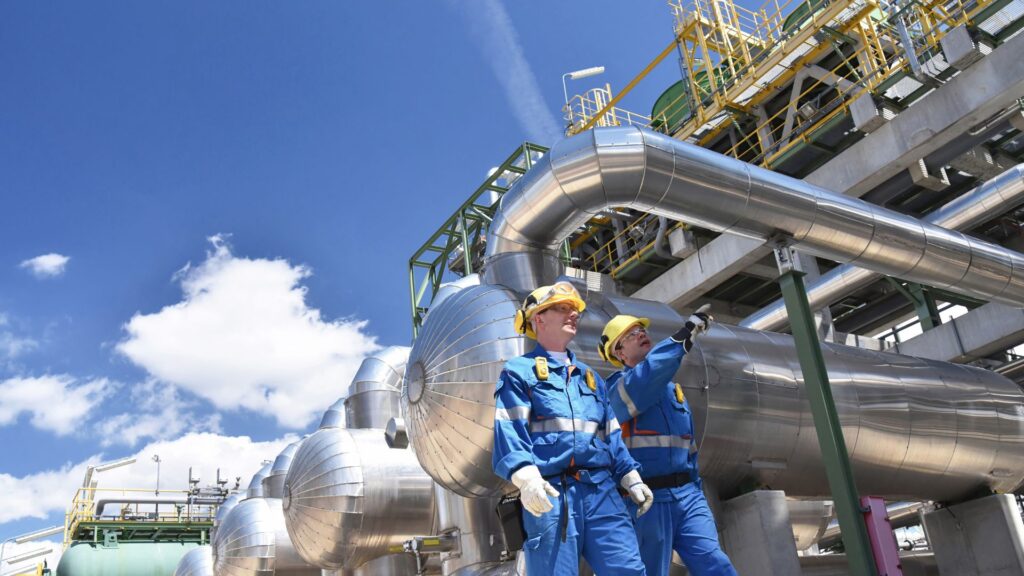
Mistake 2: Guessing the Size
Problem: Selecting an improperly sized heat exchanger can lead to significant operational issues. An undersized unit will not provide adequate heat transfer, resulting in system overheating or insufficient cooling. Conversely, an oversized unit represents an unnecessary capital expenditure and can lead to inefficient operation.
Fix: Accurate sizing requires calculating the thermal load using the formula Q = m × Cp × ΔT (where Q is heat transfer rate, m is mass flow rate, Cp is specific heat capacity, and ΔT is the temperature difference). If complex calculations aren’t your forte, our intuitive sizing guide is designed to help you avoid costly guesswork and ensure optimal performance.
Mistake 3: Skipping Maintenance
Problem: Neglecting regular maintenance on your gasketed plate heat exchanger can have severe consequences. Over time, gaskets can degrade and lose their sealing properties, while the plates can become fouled with deposits, leading to a significant drop in efficiency—often as much as 30% within a few months of neglect.
Fix: Implement a proactive maintenance schedule. Plates should be cleaned at least biannually to remove any fouling, and gaskets should be inspected regularly and replaced at the first sign of stiffness, cracking, or other signs of wear. Ensure minimal downtime by stocking up on authentic spare parts that meet the manufacturer’s specifications.
Mistake 4: Overlooking Future Needs
Problem: Investing in a heat exchanger system that perfectly meets your current production demands might seem efficient initially. However, failing to anticipate future growth can lead to significant bottlenecks and costly replacements down the line if your production volume doubles or your process requirements change.
Fix: When selecting a GPHE, it’s prudent to choose a frame with approximately 20% extra capacity. This foresight allows for the addition of more plates in the future to accommodate increased thermal loads, which is significantly more economical than purchasing an entirely new unit.
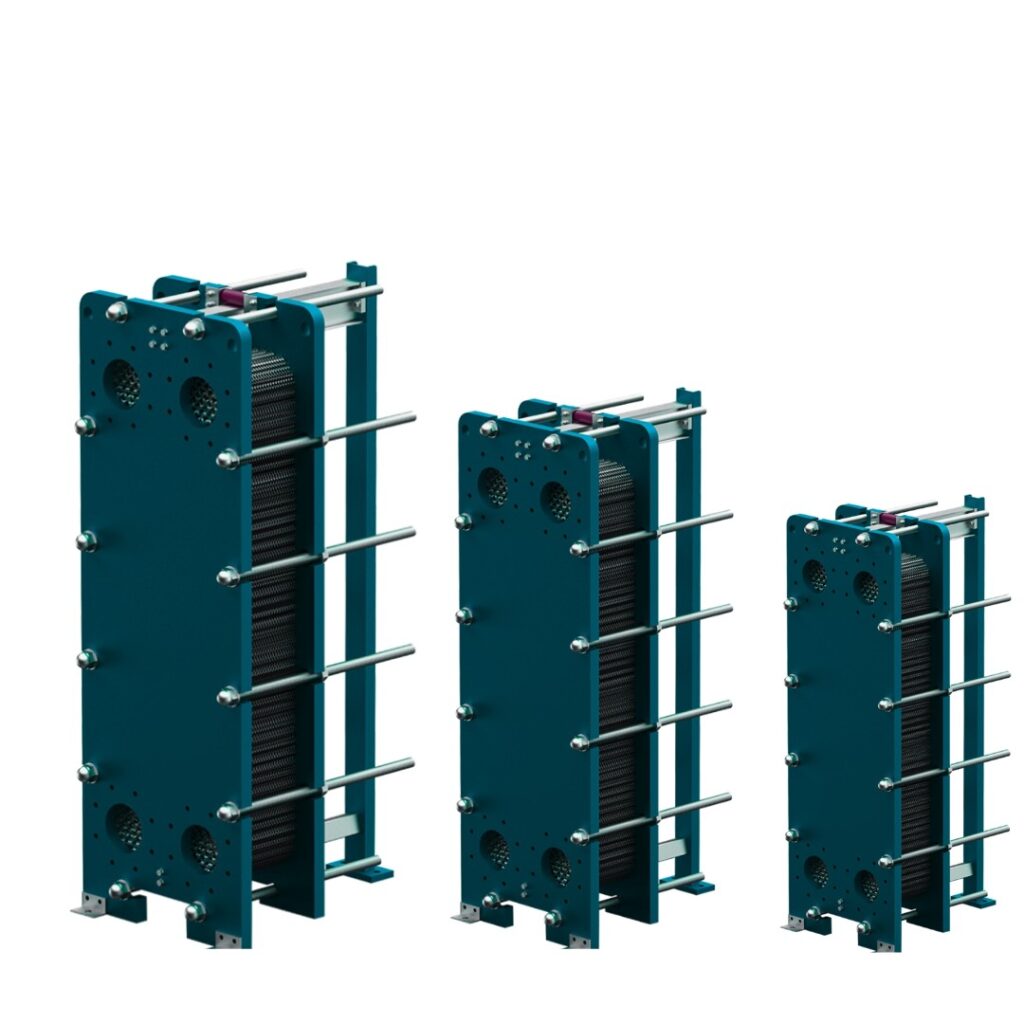
Mistake 5: Wrong Plate Pattern
Problem: Not all plate corrugation patterns are created equal, and selecting the wrong pattern for your application can severely impact performance. For instance, using a “herringbone” pattern, which is designed for high turbulence and thin fluids, with a high-viscosity fluid can result in poor flow distribution and inefficient heat transfer.
Fix: Consult manufacturers. Steeper angles suit thin fluids; gentle waves handle thicker stuff like syrups. **The key is to consult with the heat exchanger manufacturer or supplier. They can analyze your fluid properties and recommend the optimal plate corrugation pattern to ensure efficient heat transfer and proper flow distribution.**

